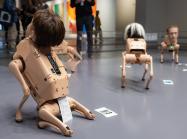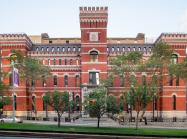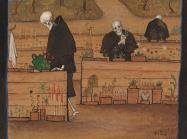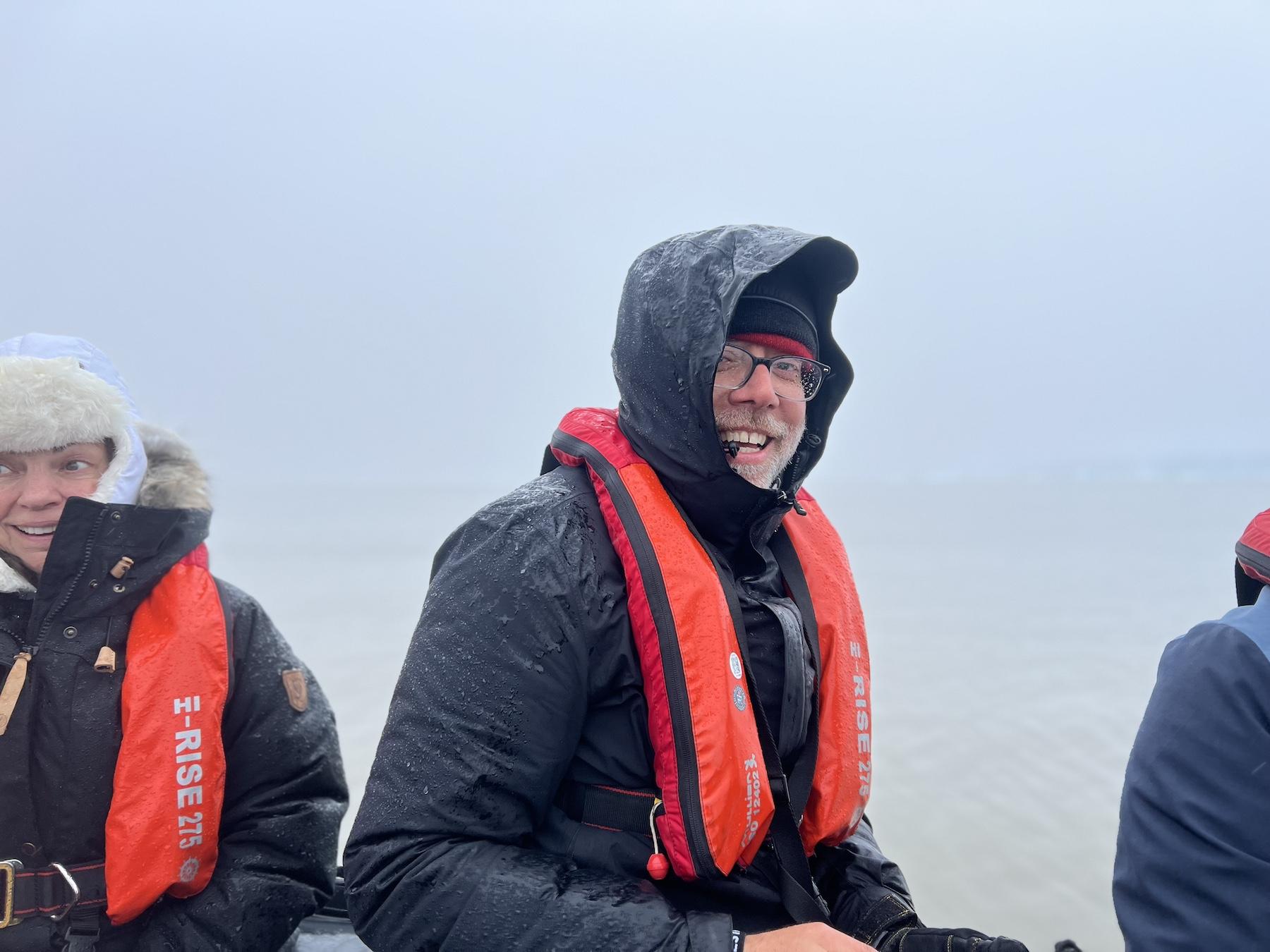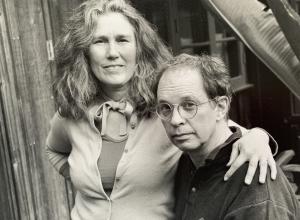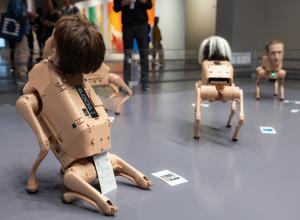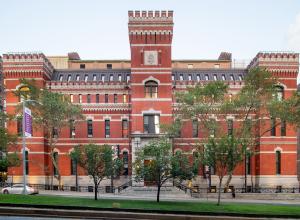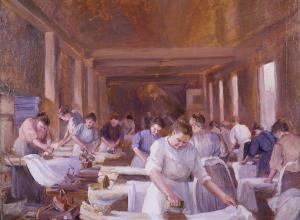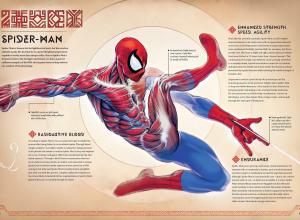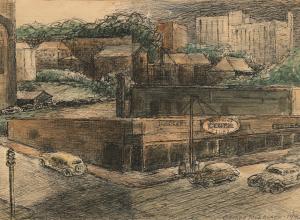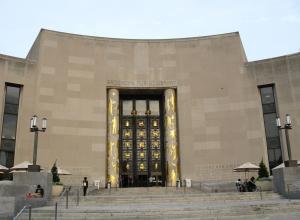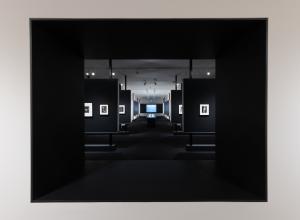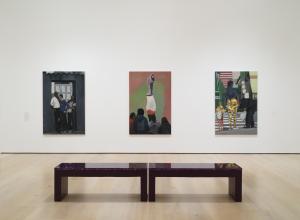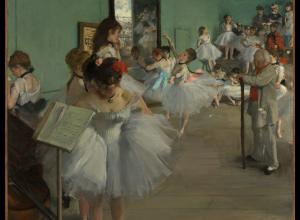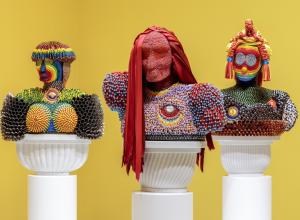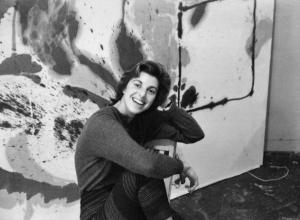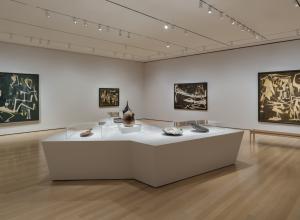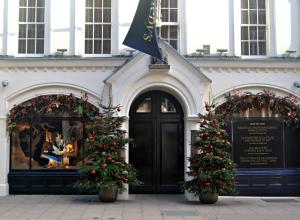Now based in Dallas, Dawe grew up fascinated with his grandmother’s embroidery and frustrated with the restrictive gender roles that made it impossible for him to explore needlework as a child. Deeply interested in transcendence, Dawe hopes his art brings the viewer a sense of awe. Art & Object sat down with the artist to discuss his work.
Megan D Robinson: Why do you like to work with light?
Gabriel Dawe: Even more than light, what I like to work with is color. If you fragment light, you get the full spectrum. In a way, light is the source of all things and the source of all colors. In paintings of the masters, there are many instances where a ray of light across the landscape signifies an angelic visitation. As my work evolved, I wanted to create these moments of awe and wonder.
I recently had an artist residency in the Arctic, and now I'm shifting focus to how light interacts with eyes, as well as with glaciers and icebergs. It's still connected to light, but in a way that's more connected to the landscape. It ties to the idea of moments of transcendence and encounters with the sublime–transcending while still being present.

